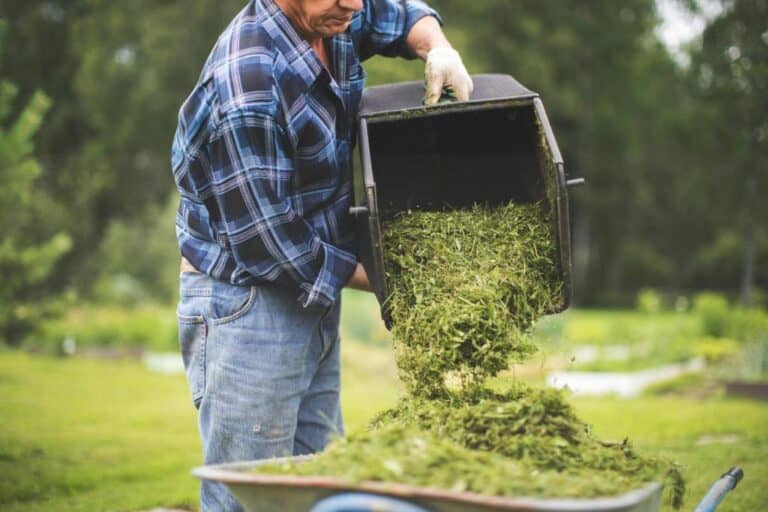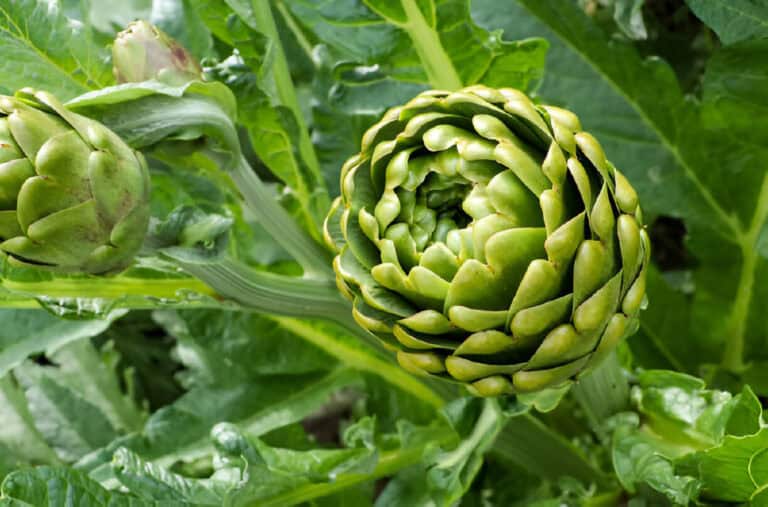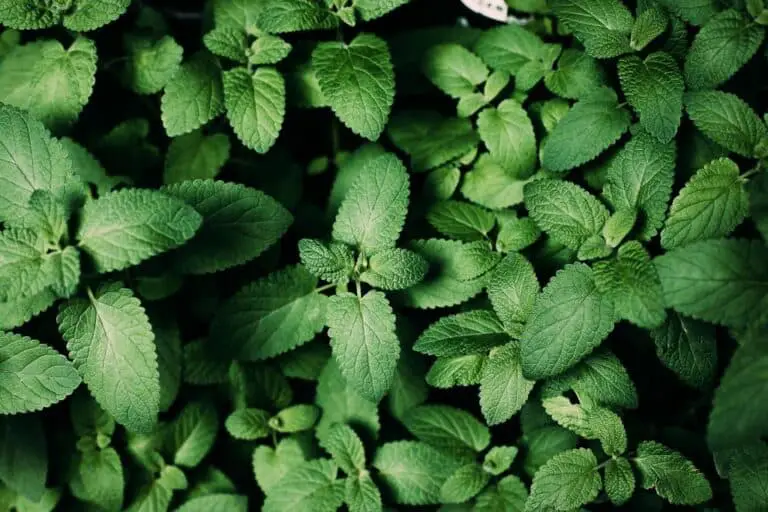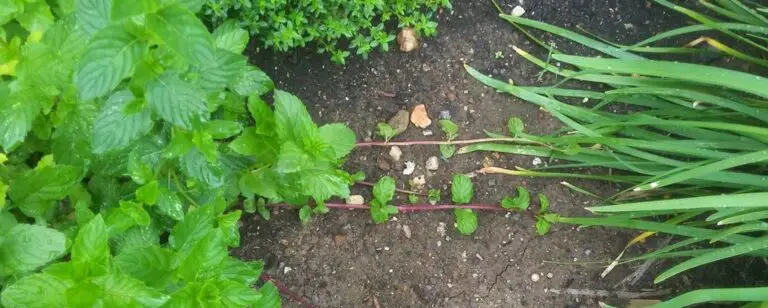How Can I Increase the Size of My Mint Leaves?
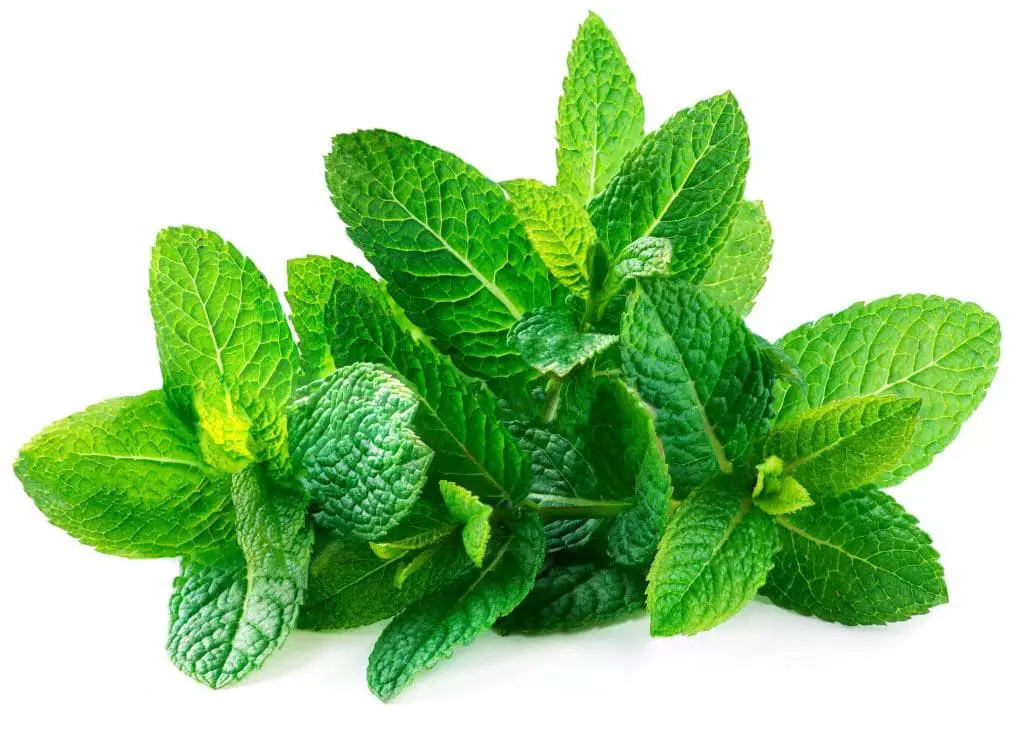
Have you ever wished you could pick fresh mint leaves from your garden or kitchen window sill? But were you dissatisfied with how small the leaves were? Mint’s delicious smell and cool taste can make any food or drink better, but what if those tiny leaves are not enough?
Do not worry—there are tricks that will make you feel like a gardening pro as you release your mint plant’s full potential and grow big, strong leaves.
This article will delve into the world of growing mint. It will look at different techniques and tips to help you get those big mint leaves. They will make your friends and family jealous of your green thumb. Check out these easy but effective ways to make your mint leaves bigger, and get ready to take your cooking to a whole new level!
The Benefits of Growing Mint at Home
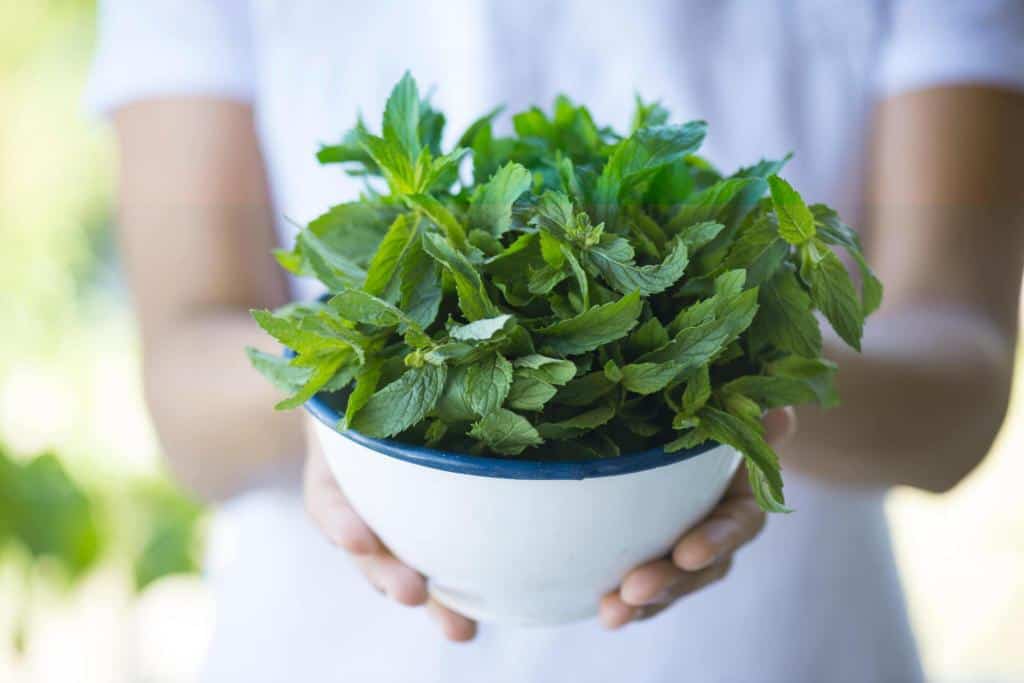
Growing mint at home offers numerous benefits that make it a worthwhile addition to any garden or indoor space. Here’s a brief overview of the advantages:
- Fresh Flavor: Mint’s fresh flavor is versatile. You can use it to add a burst of taste to many foods. These include salads, drinks, desserts, and savory dishes.
- Versatility: Mint is versatile. It can be used in many recipes, from mojitos and teas to lamb dishes and sauces.
- Aromatherapy: The uplifting smell of mint can boost your mood. It can also help you relax. So, it’s a great addition to your home’s ambiance.
- Natural Pest Repellent: Mint plants emit a strong scent. It repels pests like mosquitoes, ants, and rodents. This helps keep your home and garden pest-free.
- Medicinal Uses: Mint has long been used for its medicinal properties. It aids digestion, relieves headaches, and soothes breathing issues.
Overall, growing mint at home provides both practical and aesthetic benefits. It enhances your cooking and promotes a healthy environment. It also adds a touch of freshness to your surroundings.
Importance of Having Large Mint Leaves
Large mint leaves offer significant advantages for both culinary and medicinal purposes. Here’s why they’re essential:
- Enhanced Flavor: Larger mint leaves tend to have a more robust flavor compared to smaller ones. They have more surface area. This allows them to absorb more essential oils. This makes them taste more potent and aromatic. Large mint leaves can elevate the flavor of dishes and drinks like salads, teas, and cocktails. They add a refreshing burst of mint.
- Improved Texture: In addition to flavor, the size of mint leaves also impacts their texture. Bigger leaves have a better mouthfeel. They make eating or drinking more satisfying. Use mint as a garnish, in salads, or in cooked dishes. Large mint leaves add crunch and texture. They can elevate the dish.
- Medicinal Potency: From a medicinal view, big mint leaves have more of the compounds that help, like menthol and rosmarinic acid. These compounds have been associated with various health benefits, including improved digestion, headache relief, and respiratory support. So, when using mint for its healing properties, choose large leaves. This ensures you get the most potency and effectiveness.
Why Are My Mint Leaves Very Small?
If you’ve noticed that your mint leaves are unusually small, several factors could be contributing to this issue. Let’s explore some possible reasons:
- Lack of Sunlight: Mint plants require plenty of sunlight to thrive and produce large, healthy leaves. Insufficient sunlight can stunt their growth and result in smaller leaves. Ensure that your mint plants are receiving at least 6–8 hours of direct sunlight each day, especially if they’re grown indoors.
- Overcrowding: Mint plants can get overcrowded if they’re planted too closely. Or if they compete with other plants for space. This can restrict their root development and nutrient uptake, leading to smaller leaves. If your mint plants are overcrowded, consider thinning them out to give each plant more room to grow.
- Nutrient Deficiency: Mint plants need enough nutrients. They especially need nitrogen. This helps them grow big, lush leaves. A deficiency in nutrients can cause stunted growth and small leaves. Consider fertilizing your mint plants with a balanced fertilizer to provide them with the nutrients they need to thrive.
- Pests or Disease: Pests or disease infestations can also impact the growth of mint plants and result in small leaves. Inspect your plants regularly for signs of pest damage or disease, such as yellowing leaves, holes, or spots. If you notice any issues, take appropriate measures to address them promptly.
How to Use Fertilizers and Supplements to Increase the Size of Mint Leaves
Making mint leaves bigger with fertilizers and supplements can greatly boost the health and productivity of your mint plants. When considering how to achieve larger mint leaves, there are several key strategies to keep in mind.
Firstly, selecting the right fertilizer is essential. Opt for a balanced fertilizer specifically formulated for herbs or vegetables. Look for one with a balanced ratio of nitrogen, phosphorus, and potassium (NPK) to support healthy leaf growth. Applying fertilizer in the early spring before the growing season begins helps kickstart the plants’ growth.
In addition to fertilizers, incorporating organic supplements can also be beneficial. Adding organic matter, like compost or mulch, enriches the soil. It gives essential nutrients to mint plants. These organic supplements improve soil fertility, moisture retention, and overall soil structure, creating an optimal environment for robust leaf growth.
However, it’s crucial to avoid overfertilizing mint. Too much fertilizer leads to fast but unsustainable growth. This growth makes the leaves weaker and less flavorful. Moderation is key to ensuring that mint plants receive adequate nutrients without compromising their overall health and flavor.
Can I Harvest Mint Leaves After They Flower?
Wondering if you can still harvest mint after it flowers? The answer is yes, but with a few considerations. You may get a light harvest in the first year. But, it’s best to wait until the second year, just before the plants bloom, for the best results.
Why wait until the second year? Well, once mint blooms, it undergoes some changes. The plant starts to lose some of its essential oils, which are responsible for its characteristic fragrance and flavor. As a result, the leaves may become less aromatic and flavorful after flowering.
But fear not! Even after mint blooms, you can still harvest it. Once you notice buds appearing on the plant, you have a couple of options. You can either pinch off these buds or opt to cut back the plants entirely. This helps to promote new growth and maintain the vigor of your mint plant for future harvests.
What Can You Not Plant With Mint?
While mint is a versatile and robust herb, there are certain plants that it doesn’t pair well with. Avoid planting mint alongside other common herbs such as lavender, rosemary, sage, and thyme.
The reason behind this is that these herbs have different preferences when it comes to soil moisture and sunlight exposure. Lavender, rosemary, sage, and thyme thrive in soil that tends to dry between waterings. They like sunny spots with well-drained soil.
Mint, on the other hand, has a tendency to spread rapidly and can quickly overwhelm neighboring plants if not kept in check. Also, mint needs consistently moist soil. It can handle partial shade. This makes it a bad match for the dry conditions favored by lavender, rosemary, sage, and thyme.
Avoid planting mint with these herbs. This way, each plant gets the best conditions for its growth and health. This way, you can enjoy a thriving herb garden, with each plant flourishing in its preferred environment.

